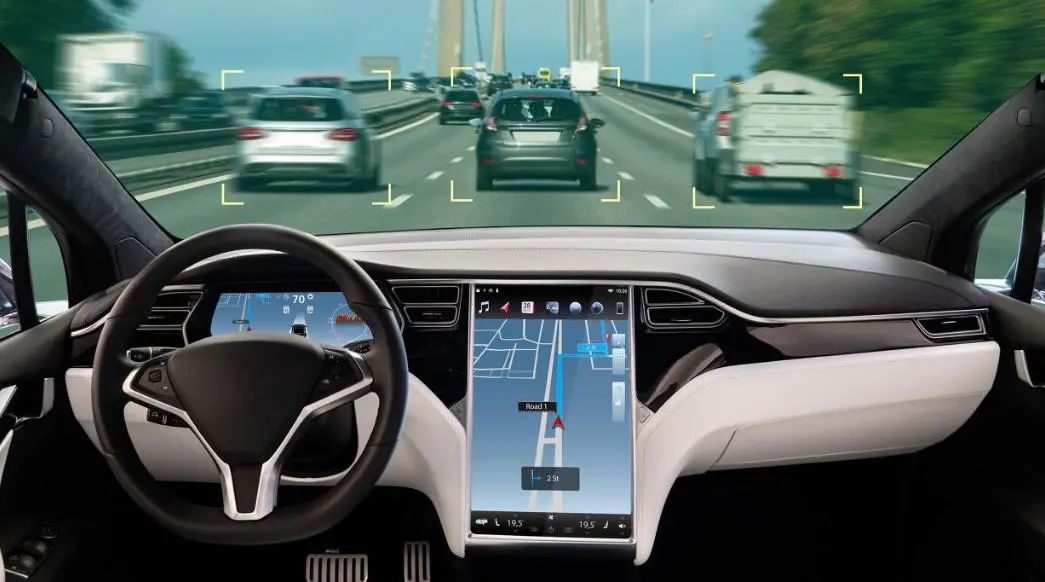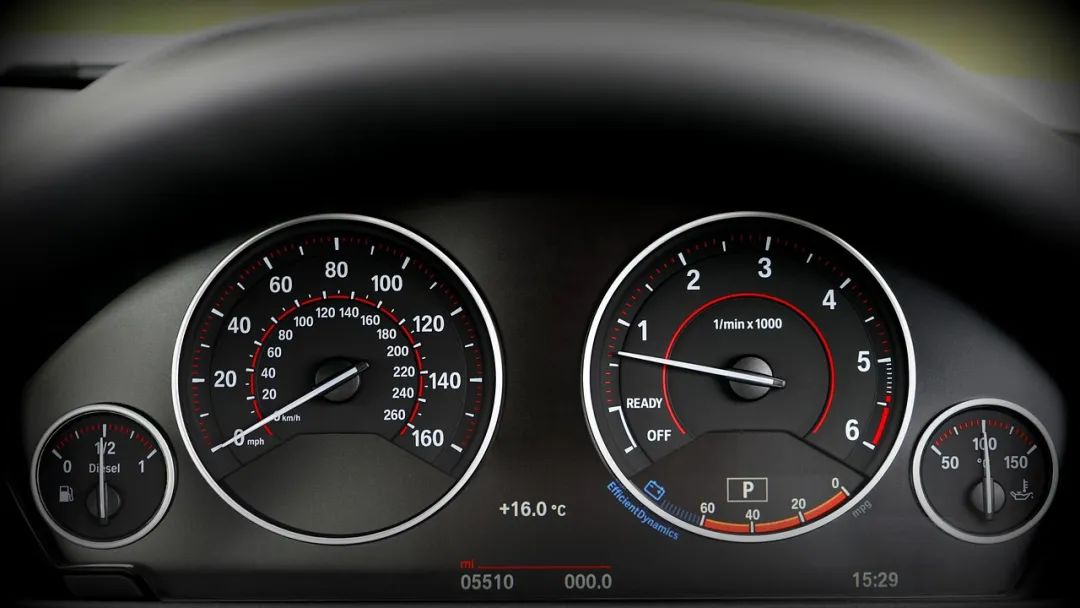New Energy Vehicles: Shifting Focus from Price Wars to AI Competition? Insights on the Autonomous Driving Arms Race
![]() 04/09 2025
04/09 2025
![]() 529
529
In recent years, China's new energy vehicle market has predominantly witnessed price wars spearheaded by Tesla. However, recently, a notable shift has emerged as nearly all new energy vehicle companies have reduced their focus on price competition and instead turned their attention to autonomous driving. How should we interpret this new arms race in intelligent driving?

I. New Energy Vehicles: From Price Wars to AI Competition?
According to China News Weekly, despite it being just four months into 2025, the flurry of automotive industry press conferences has unveiled a subtle yet significant change. Auto executives are no longer eager to showcase their vehicles' driving range and charging speed under the spotlight; instead, they frequently mention "AI." While the transition from "traditional fuel vehicles" to "electrification" continues, "AI-defined cars" have roared into the scene.
"The second half of the competition in new energy will revolve around intelligence, or more precisely, AI intelligence," said Gan Jiayue, CEO of Geely Auto Group, at the Geely AI Intelligent Technology Conference on March 3.
From ChatGPT to DeepSeek, AI large models have emerged as a brand-new productive force. Ouyang Minggao, academician of the Chinese Academy of Sciences and vice chairman of the China Electric Vehicle Hundred People Council, predicts: "The 'AI+' revolution in the automotive field will explode comprehensively, encompassing every aspect and link of the automotive industry chain—from design, manufacturing, sales, to maintenance."
A research report by Fuji Chimera Research Institute reveals that in 2024, L2 autonomous vehicle production reached 45.13 million, while L3 autonomous vehicle production hit 300,000.

The field of autonomous driving serves as the primary driver for AI innovation, pushing AI systems to tackle complex and unpredictable real-world scenarios. This development not only propels technological innovation but also offers consumers a safer and more convenient driving experience. Additionally, the market continues to grow.
Li Auto recently unveiled MindVLA, a new generation of autonomous driving technology that integrates vision, language, and behavior into three major intelligences, creating a new paradigm for robotic large models. MindVLA not only enables autonomous driving but also understands user needs and responds accordingly, making the vehicle a "full-time driver." It is expected to debut alongside Li i8 in July this year.
On March 18, Feng Xingya, chairman and general manager of GAC Group, announced that GAC's flagship intelligent technology brand, the ADiGO intelligent driving and connectivity ecosystem, has officially entered the 6.0 era, with the Chinese name "Xingling Intelligent Mobility."
Moreover, Tesla CEO Elon Musk disclosed the company's latest progress in AI and intelligent assisted driving at an employee meeting. Tesla's Cortex computing center currently boasts over 50,000 GPUs and will soon exceed 100,000, ranking among the top five supercomputing centers globally. The next-generation Dojo 2 supercomputer will offer ten times the performance of its predecessor, further enhancing training efficiency.

II. How to View the Intelligent Driving Arms Race?
As the market matures and the industry deepens, a clear trend emerges: new energy vehicles are transitioning from pure price competition to competition in AI intelligent driving. How should we perceive this trend?
First, the pitfalls of price wars inevitably lead to a shift in market competition. In the nascent stages of the new energy vehicle industry, price wars became a primary strategy for many auto companies to gain market share. Major players slashed prices to attract consumers, hoping to establish a foothold in this fiercely competitive market. However, price wars are inherently detrimental, stimulating short-term sales growth but lowering the overall quality of market competition in the long run, impeding better industry development.
Price wars severely compress auto companies' profit margins. To maintain price advantages, they must prioritize cost control, which may compromise product quality and R&D investment. Some companies may lower procurement standards for parts and reduce investment in technological research and development, thereby affecting vehicle performance and safety. Over time, this suppresses technological progress and innovation capabilities across the industry, plunging it into a vicious cycle of low-level competition.
As price wars intensify, auto companies gradually recognize that sole reliance on price competition cannot sustain development. Consequently, they inevitably seek alternatives to replace price wars and explore new competitive advantages.

Second, intelligent driving has emerged as a new competitive frontier. In the quest for alternatives to price wars, intelligent driving has become the new darling of the new energy vehicle industry. Compared to the relatively mature and homogeneous three major components of new energy vehicles (batteries, motors, and electronic controls), intelligent driving boasts higher technological content and thresholds, better reflecting auto companies' core competitiveness and innovation capabilities.
Amidst rapid advancements in AI technology, intelligent driving aligns most closely with industry development trends. Equipped with advanced sensors, chips, and algorithms, intelligent driving systems can achieve autonomous and assisted driving, offering users a more convenient, safe, and comfortable travel experience. This technological application not only innovates traditional driving modes but also points to the future of mobility.
Third, intelligent driving directly enhances user experience. For new energy vehicle users, the improvements in user experience brought by intelligent driving systems are immediate. In daily driving, many intelligent driving features significantly reduce the burden of driving and enhance safety and comfort.
Take reverse parking, a headache for many drivers, especially novices. Vehicles equipped with intelligent parking functions can automatically identify parking spaces through sensors and complete reverse parking operations, vastly reducing parking difficulty and improving efficiency.
During daily travel, functions such as adaptive cruise control, lane-keeping assistance, and automatic emergency braking in intelligent driving systems help drivers navigate various road conditions. Adaptive cruise control automatically adjusts vehicle speed according to the preceding vehicle, maintaining a safe distance, alleviating the need for frequent accelerator and brake use during long-distance driving, and reducing fatigue. Lane-keeping assistance ensures the vehicle stays within its lane, preventing lane departure due to driver distraction and reducing accident risks. Automatic emergency braking can automatically trigger braking in case of sudden danger, avoiding or mitigating collisions.

Fourth, the pricing trend of intelligent driving aligns with competitive logic. The continuous evolution of intelligent driving conforms to Moore's Law. As technology advances and economies of scale emerge, the cost of intelligent driving systems decreases, leading to price reductions. This allows more consumers to enjoy the convenience of intelligent driving technology. The democratization of intelligent driving has become a promotional slogan for many auto companies.
Historically, intelligent driving technology was primarily applied to high-end luxury models, priced beyond the reach of ordinary consumers. Today, technological progress has democratized intelligent driving prices. More and more auto companies can integrate intelligent driving technology into a wider range of models, even low- and mid-range ones, enabling more consumers to benefit from it. BYD, leveraging its deep technological accumulation and scale advantages in the new energy sector, extends its advanced "Divine Eye" intelligent driving system to the 100,000 yuan market segment, achieving widespread technology popularization. Its entire model range comes standard with advanced intelligent driving and covers a price range from 70,000 to 200,000 yuan, completely shattering the traditional perception that "intelligent driving equals high prices."
The democratization of intelligent driving reflects not only the development trend of intelligent driving technology but also auto companies' keen understanding of market demand. By democratizing intelligent driving prices, auto companies can attract more consumers, expand market share, and simultaneously promote the popularization and application of intelligent driving technology, fostering industry growth.
Fifth, technology competition, exemplified by intelligent driving, will be the general trend. In the long run, competition in intelligent driving is undoubtedly a superior choice to price wars. With the continuous popularization and maturity of intelligent driving technology, new energy vehicles will enter a new phase of competition. In this phase, those who pioneer intelligent driving technology will gain a significant edge in market competition.
A leading position in intelligent driving technology enables auto companies to provide users with more advanced, safer, and more comfortable products and services, thereby enhancing user satisfaction and loyalty. Advanced intelligent driving technology also bolsters a company's brand image and market competitiveness, attracting more investors and partners, and providing stronger support for corporate development.
It is foreseeable that in the future, intelligent driving will become the core focus of competition in the new energy vehicle market. Auto companies will engage in comprehensive competition across technology research and development, product innovation, market promotion, and other aspects, driving continuous advancements in intelligent driving technology. With the integration and application of emerging technologies such as 5G, AI, and big data, the prospects for intelligent driving will be even broader. The maturation and popularization of intelligent driving technology will profoundly impact the entire transportation industry, enhancing traffic efficiency, reducing accidents, and alleviating urban traffic congestion.

Therefore, in the long term, achieving differentiated competition through the innovation and application of intelligent driving technology is the correct path for the development and growth of the new energy vehicle industry. In this upcoming wave of intelligence, only those companies that dare to explore new technologies and break through traditional thinking frameworks will excel in this intelligent driving arms race.







